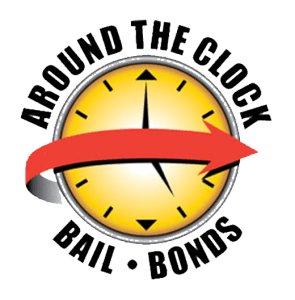Texas Incarceration Costs
Prisoners and prisons in Texas are expensive. However, not everyone knows exactly how much the state pays to run the corrections system, both in aggregate and per inmate. In this article, we will discuss these costs in full for the Texas penal system and analyze the implications of these numbers for the Texas taxpayer.
Breaking Down What Texas Spends
It is not easy to isolate an exact number for how much the Texas government spends on prisons. This is because some of the money that Texas spends to run its prisons comes from parts of the state’s budget outside of the specific budget for the Department of Criminal Justice. Examples include the cost of benefits for prison workers, the cost of capital for prisons, and legal costs. It is not always possible to get numbers for these categories, because they are not part of the budget designated for funding incarceration.
Estimating Costs
A nonprofit organization, the Vera Institute of Justice, examines state governments all over the country to learn about what they spend for incarcerated prisoners. In total, Texas spends 2.5 billion dollars in the Texas Department of Criminal Justice’s budget for prison expenditures. On top of that, Texas needs to pay for the retirement benefits and health benefits of prison workers outside that budget. Both of these systems are underfunded- Texas will need to fully fund all the money that it is obligated to spend for these benefits in the future, and it will need to pay interest the longer it waits. These employee benefit payments and obligations total about 500 million dollars. The state also needs to pay money to service loans that it took out to support the prison system, as well as pay for administrative costs of running prisons. Overall, the state pays about 3.3 billion dollars. This is a low estimate, because the costs of judgements and legal claims cannot be estimated. All of these numbers reflect the 2010 fiscal year.
Cost Per Prisoner and Taxpayer
Texas houses about 155,000 people in its prisons. That means that the total expenditure per prisoner per year is at least $21,390. To put it in another perspective, in 2010 Texas had 25.26 million residents. That implies that each resident paid $130 per year to maintain the prison system. Texas does not levy a personal income tax on its residents. That means that it has to fund that money through the state sales tax and corporate taxes. If the state sales tax rate is 6.25 percent, that means each Texan needs to buy about $139 worth of things to pay for the prison system.
While the aggregate numbers may seem high at first glance, when they are broken down into per-resident figures, they are not that large. It does not take that much tax revenue per person to support the prison system, at least using 2010 figures. Of course, there may be non-monetary costs to incarcerating prisoners, but those are beyond the scope of this treatment.





